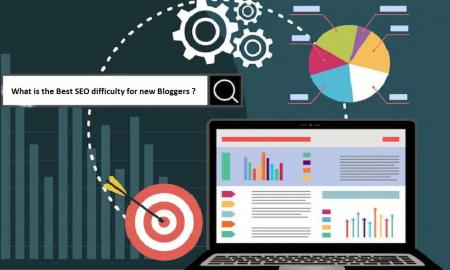We live in a time where data is deemed to be among the most precious commodities in the world. So suffice it to say that most businesses today have their operations going on with data (read: data warehouses), which means that they deal with data migration regularly as well. However, what is data migration? You see data gets stored across a variety of data lakes as well as different siloed databases, both cloud, and on-premises. It becomes challenging for a company to implement tools like machine learning, artificial intelligence, business intelligence, and more to glean insights and achieve real-time analytics. So they need to migrate their data from various systems to one, a.k.a. Data migration.
What makes data migration even more critical in the larger scheme of things is that it is crucial for either updating or merging servers and hardware for storage. Data migration is also what you need when you plan to integrate data-heavy apps, such as data warehouses, data lakes, and databases as well as massive virtualization projects. The point is as crucial as it is, the data migration process is often bogged down by a variety of challenges. Let’s take a look at some of them to help you prepare to deal with them effectively.
- Loss of data: It is unfortunate, but it is a widely faced problem: data loss during the data migration process. It’s not a bother if the scale of this loss is small since IT can fix it by restoring backup files. However, it is an entirely different story if the data loss is prominent in scale. For starters, with a short-term failure of connection, the team may not even realize that the failure brought the migration process to an untimely end.
- Cleansing data: While migrating databases may seem like a simple enough task, what most people don’t realize is that data in different databases is typically sourced from various sources and in varying formats. Moreover, since there’s no single source, companies must cleanse the data, harmonize it, and adapt it into a form that is conducive to the collective processing and analysis of data, no matter the source they may have been collected from. It can be dealt with by undertaking data migration using Talend.
- Coming up with a strategy for migration: Contrary to what many people may be inclined to believe, data migration is a highly tactical process. It means it is vital to devise a careful plan of action to migrate databases efficaciously and safely. It may help to remember that you must factor in things like the timeline, budget, and more into the decision. Elements such as these must never be ignored since they play a crucial role in deciding the success of the migration process.
So remember, once the data migration process is complete, it is also essential that you test the data migration. It will also help you prepare better for your next data migration project.






